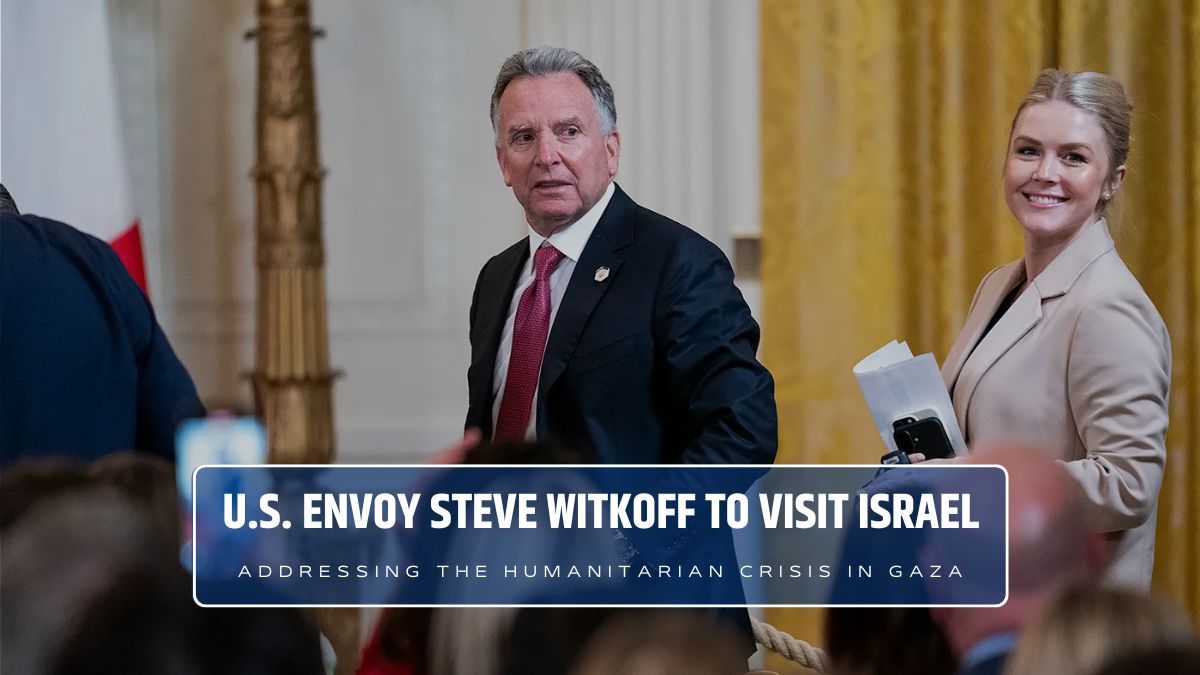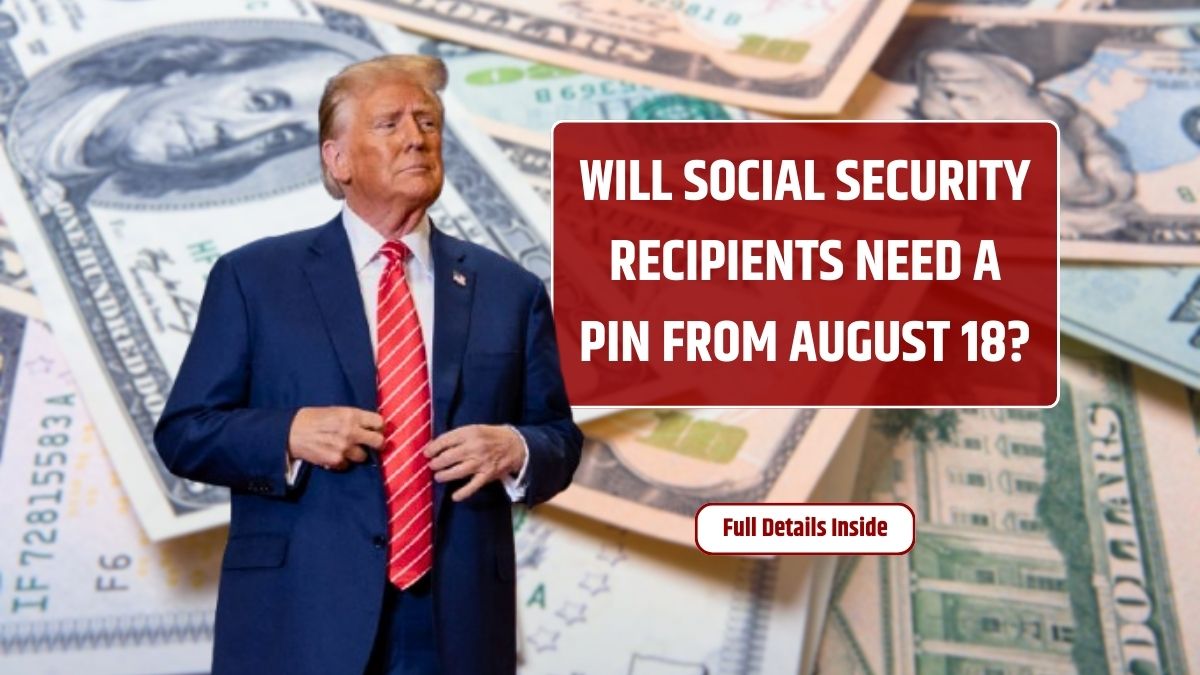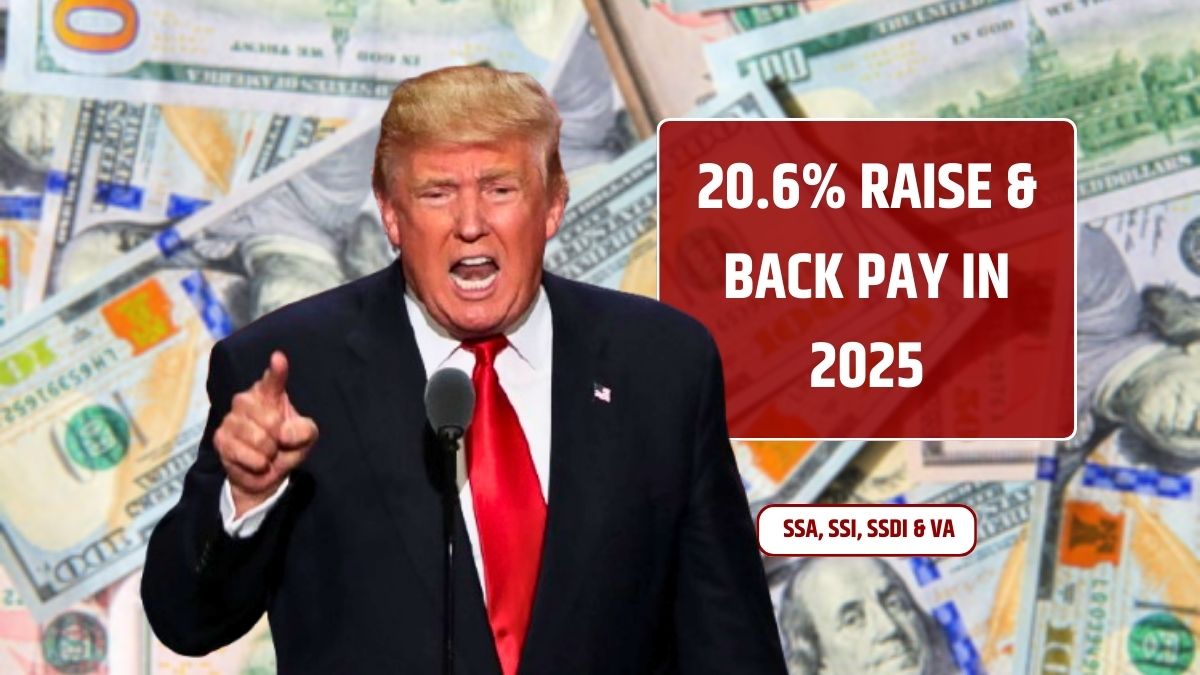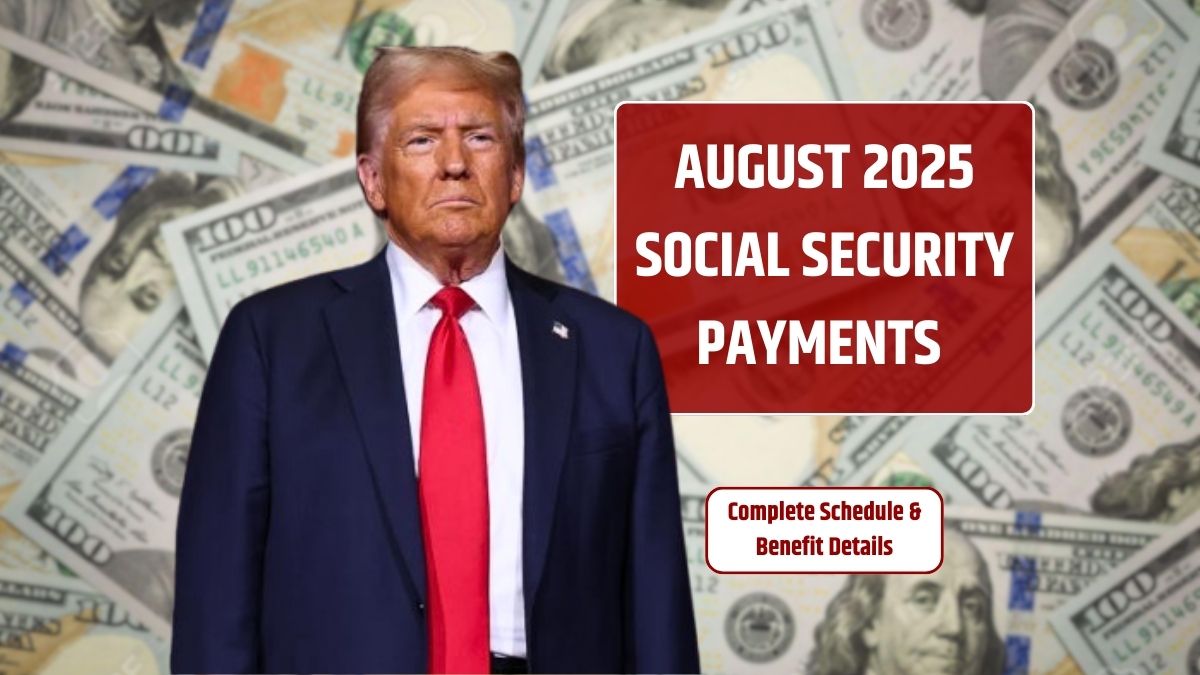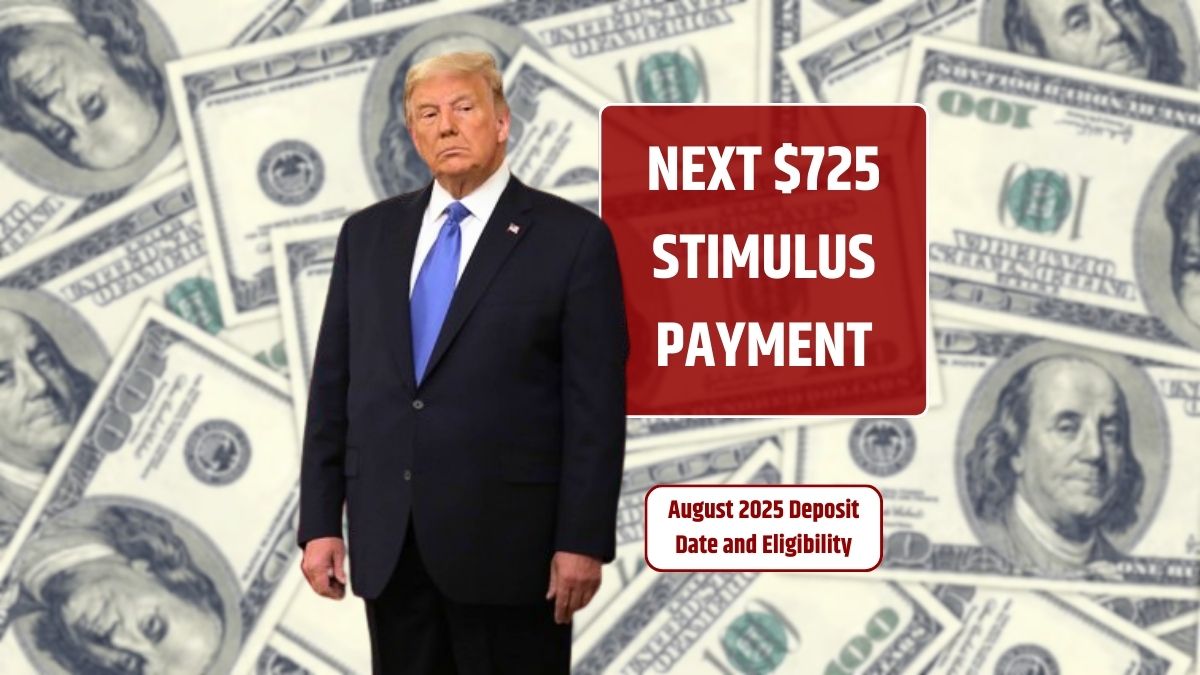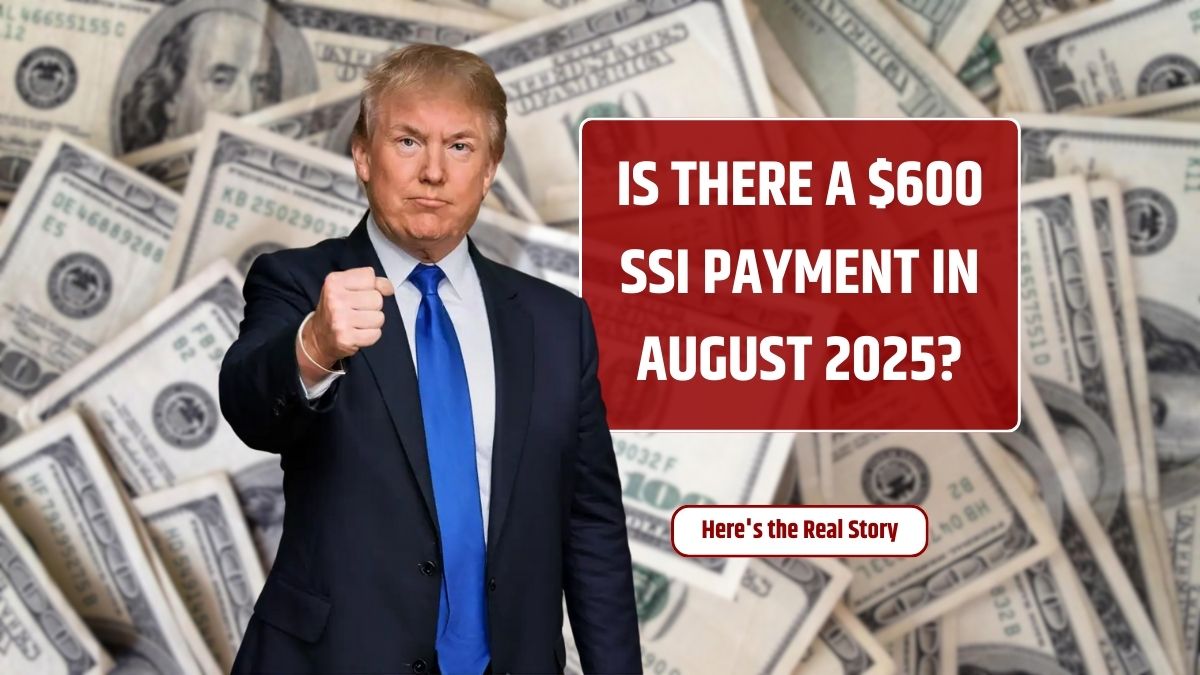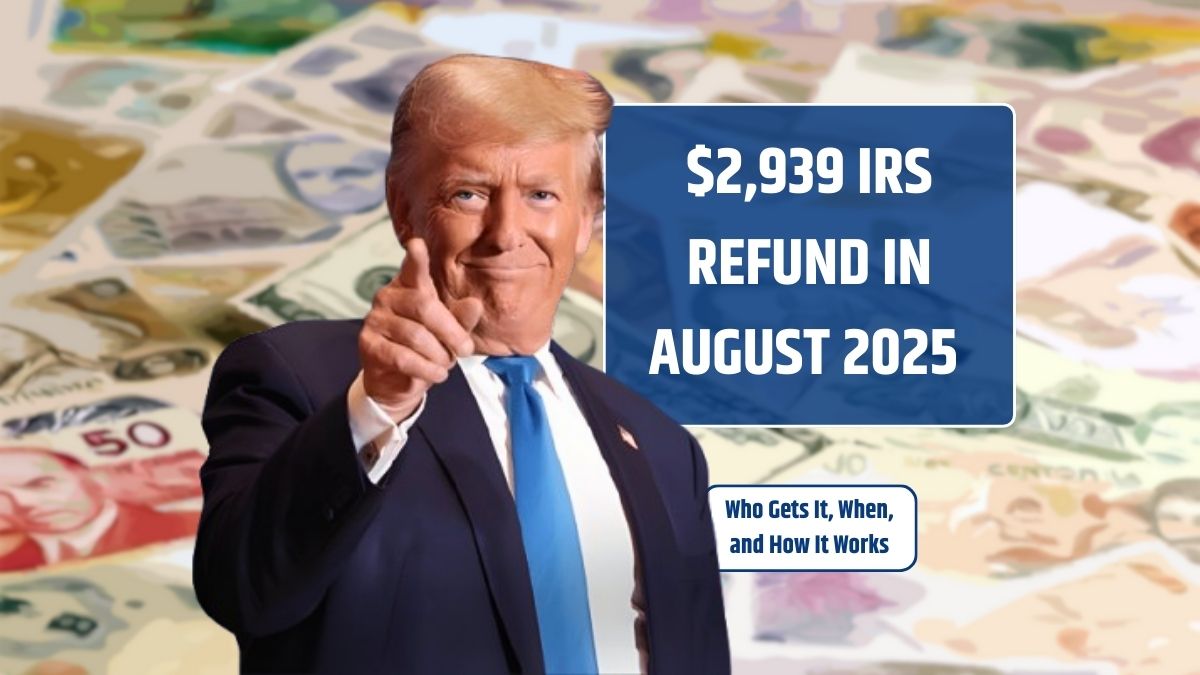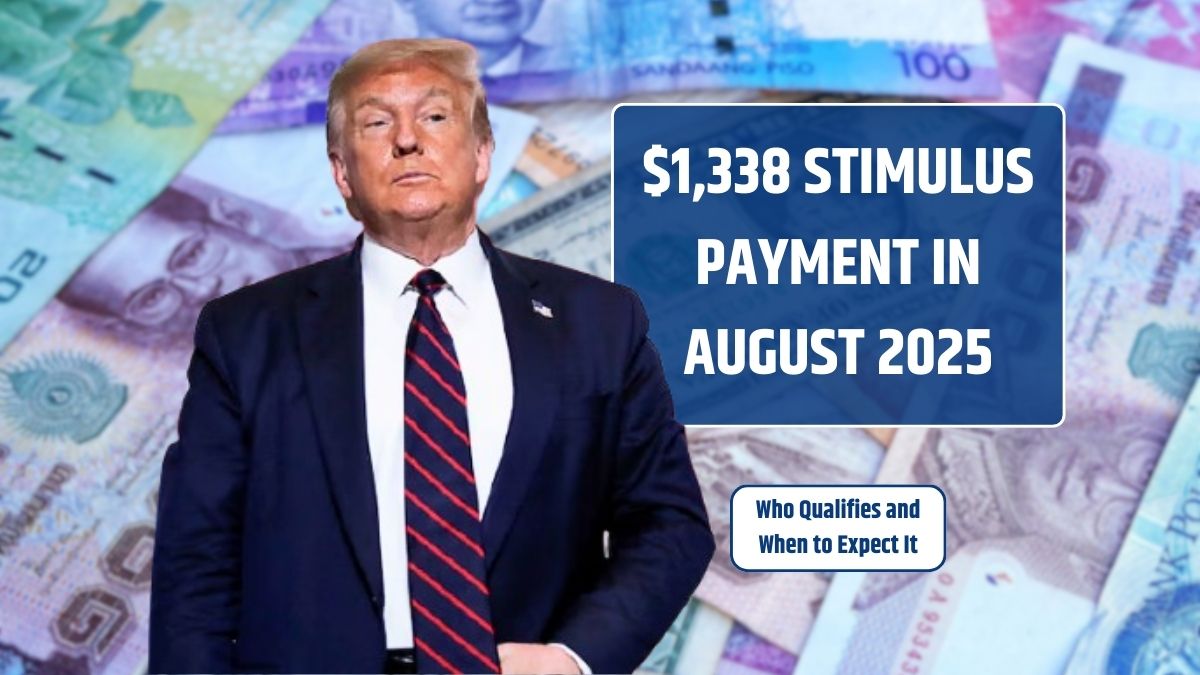Steve Witkoff, President Donald Trump’s special envoy for Middle East peace, will arrive in Israel on Thursday to confront the deepening humanitarian crisis in Gaza. A senior U.S. official confirmed the trip, saying Witkoff’s visit aims to address the region’s famine-level emergency and push for wider aid access.
Mission
Witkoff has been leading U.S. negotiations between Israel and Hamas to end the nearly two-year-long conflict. Though no specific names have been confirmed, Witkoff is expected to meet with key Israeli officials to discuss the dire food shortages and renewed ceasefire efforts.
During a recent trip to Scotland, Trump himself acknowledged Israel’s critical role in controlling aid access, saying its government holds the power to open the floodgates for humanitarian support.
Pressure
The envoy’s visit comes amid growing bipartisan pressure in Washington. Democrats and some Republicans are urging the Trump administration to do more to provide food to Gaza, pressure Israel to lift roadblocks, and push for a new ceasefire deal. Last week, talks collapsed after Witkoff withdrew his team from negotiations in Doha, saying Hamas’s latest response lacked serious intent.
The timing couldn’t be more urgent. The Integrated Food Security Phase Classification (IPC), the global authority on famine monitoring, issued a fresh alert on Tuesday. It reported rising deaths from starvation, malnutrition, and disease, calling the situation the worst-case scenario.
Reality
According to Gaza’s Health Ministry, the death toll has crossed 60,000 since the war began. While the count does not distinguish between civilians and fighters, officials say over 30 percent of the dead are children.
The United Nations is sounding the alarm louder than ever. UN Secretary-General António Guterres said what’s happening in Gaza is no longer a warning but a full-blown catastrophe. He urged world powers to shift from trickles of aid to waves of essential supplies—food, water, medicine, and fuel.
Trump’s Stance
Trump, previously more focused on ceasefire logistics, is now speaking out about the humanitarian disaster. On Monday, he told reporters in Scotland that the U.S. plans to send large amounts of money and aid to Gaza. He even floated the idea of setting up food centers that anyone could access freely.
According to Trump, these food hubs would operate “in conjunction with some very good people” and would be designed with no boundaries—essentially walk-in centers for those in need.
Aid Update
The situation on the ground has shifted slightly in recent days. Israel announced a tactical pause in its military campaign on Sunday, which has allowed some aid to move more freely. Since then, more than 320 aid trucks have entered Gaza, and at least 260 remain inside the territory, waiting for distribution.
Israel’s military says 48 more aid packages have been dropped via air in coordination with Jordan and the United Arab Emirates. Though a welcome development, it still falls short of meeting daily needs.
Prime Minister Benjamin Netanyahu pledged on Monday to coordinate with international bodies and the U.S. to get more supplies into Gaza. He claimed that Hamas is diverting aid, though a U.S. government review found no solid evidence of large-scale theft by the group.
Netanyahu added that while Israel is facilitating aid, Hamas is working to create a perception of crisis, even as starvation claims continue to rise.
The world is watching. Whether Witkoff’s visit brings a breakthrough remains to be seen.
FAQs
Why is Steve Witkoff going to Israel?
To address the Gaza humanitarian crisis and revive ceasefire talks.
What did Trump say about Gaza aid?
He plans to send more aid and open walk-in food centers.
How many people have died in Gaza?
Over 60,000, with more than 30% reported as children.
Is Hamas stealing aid?
US analysis found no widespread evidence of aid theft.
How much aid is entering Gaza now?
Over 320 trucks entered since Sunday; 260 are still inside.

